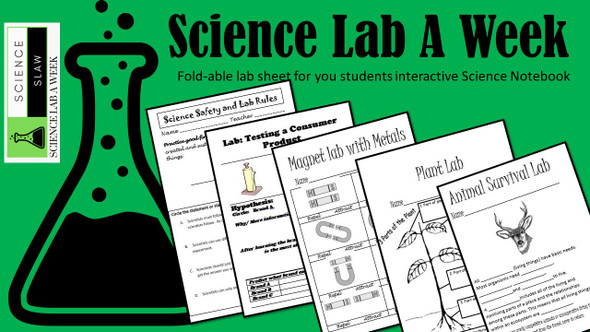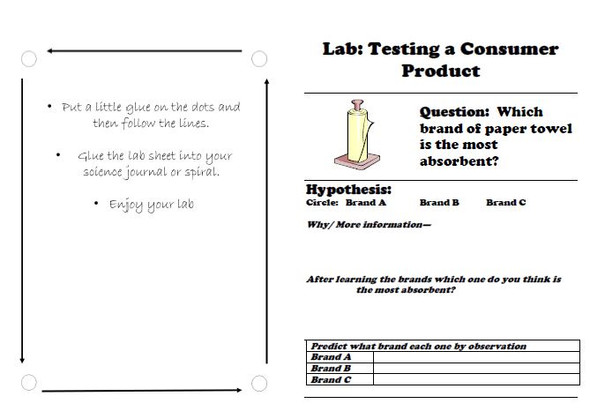Reading from the Graduated Cylinder
- Bulk Pricing:
- Buy in bulk and save
- Contributor:
- Science SLAW
- Grade level:
- 3rd-9th Grade
- File Type:
- Answer Key:
- Included
Description
Target learning: Learn how to read the graduated cylinder. How to find the volume of liquids and solids
This page is a fold-able lab sheet that can be glued into their science spiral or science journal. Instructions on printing the pages is included
Students have a hard time reading scales even on rulers. This is a worksheet that has a written explanation and 12 practice problems. 6 of the problems are finding the volume of a liquid and 6 of them are on finding the volume of a solid. Some of them are changing for the students because it requires the students to go into the tenths place. Most every time the students measure something on a scale it will involve a decimal place. I have trouble with my students trying to just round the numbers to the nearest whole number. I always require some kind of tenths or hundreds place. If a student or group gets a whole number on their scale they have to call me over to sign off that it can be used.
You can also use this in math class if you would like to work into some integration science and math
The students fill in their answers using the same looking boxes found on standardized test. This is also great practice for place value and how to fill in those boxes.
Start the school year out with introducing all the tools that the students will be using during all the labs for the school year. This will help all the other labs go smoother because the students will already know how to use the tool.
This page is a foldable lab sheet that can be glued into their science spiral or science journal. Instructions on printing the pages is included
Materials needed:
Even though this is just a practice sheet on how to read from the scale of a graduated cylinder. I would encourage you to have some cylinders out to put their hands on it. Let them touch it and play with it.
Things to focus on when showing them the cylinders and how to read the real thing
- Place the graduated cylinder on a flat surface and view the height of the liquid in the cylinder with your eyes directly level with the liquid. The liquid will tend to curve downward on some the cylinders. It happens a lot with skinny cylinders or glass ones. This curve is called the meniscus. Always read the measurement at the bottom of the meniscus.
- How to hold it and care for it
- How to clean them after a lab
Find more science labs at my store














